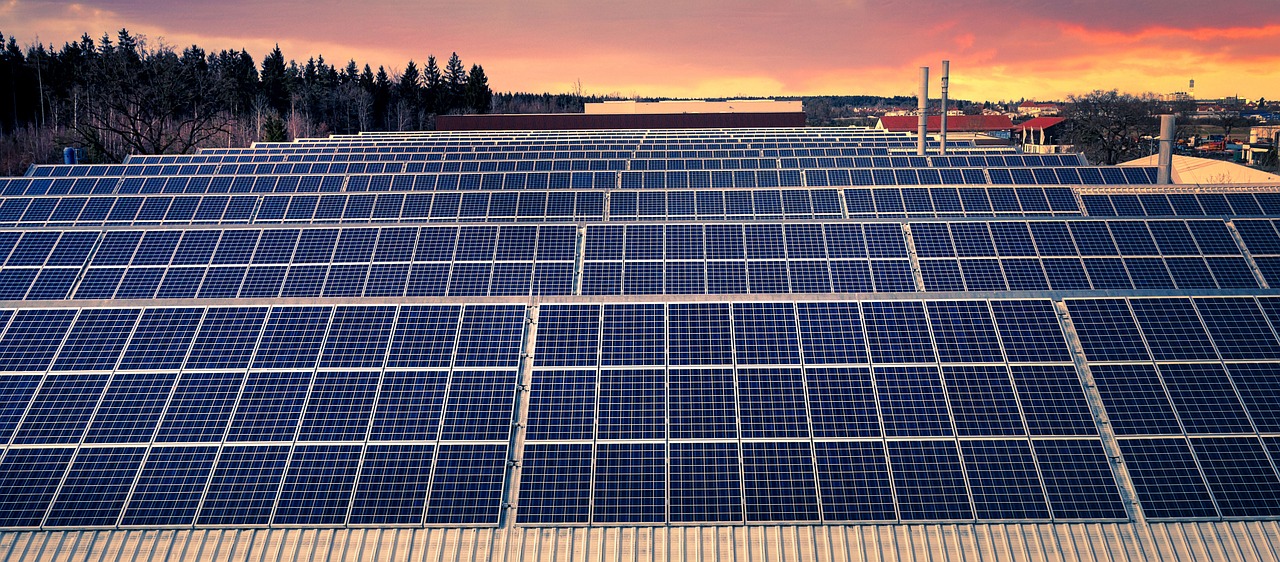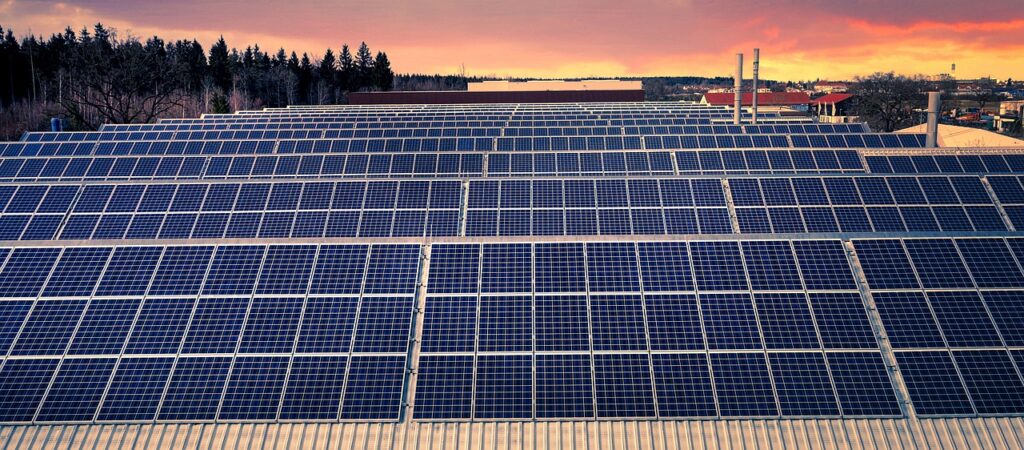Your cart is currently empty!

Maintaining Your Renogy Solar Power Systems For Longevity: Best Practices
Have you ever wondered how to extend the life of your Renogy solar power system? With the growing need for sustainable energy solutions, ensuring your system operates at peak efficiency is essential.
Solar Powered ACs for RV Travel
Understanding Your Renogy Solar Power System
Whether you are a weekend adventurer or a full-time RVer, a solar power system from Renogy can enhance your lifestyle. Understanding the components and functionality of your system will help you maintain it effectively.
Components of a Solar Power System
A typical solar power system includes solar panels, a charge controller, batteries, an inverter, and wiring. Each component plays a vital role in how your system generates and distributes electricity.
- Solar Panels: These are the primary units that capture sunlight and convert it into electricity.
- Charge Controller: This device regulates the voltage and current coming from the solar panels to the batteries, preventing overcharging.
- Batteries: They store the energy generated, making it available for use when sunlight is not available.
- Inverter: This converts the direct current (DC) from the batteries into alternating current (AC), which powers most household appliances.
Importance of Regular Maintenance
Regular maintenance of your solar power system can significantly prolong its lifespan and enhance its efficiency. Small actions taken periodically can prevent bigger issues later on.
Best Practices for Maintaining Your Renogy Solar Power System
Routine Inspection
Make it a habit to conduct routine inspections of your system. This will help you catch potential issues before they escalate.
What to Look For
- Physical Damage: Check for cracks or discoloration on your solar panels, which may indicate wear or damage.
- Connections: Ensure that all wiring connections are secure and free from corrosion.
- Batteries: Inspect your batteries for any signs of leaks or bulging.
Cleaning Your Solar Panels
Dirt, dust, and debris can accumulate on your solar panels and block sunlight. Keeping them clean is crucial for optimal performance.
Cleaning Tips
- Frequency: Ideally, clean your solar panels every six months. However, if you live in a dusty area or near trees, you may need to clean them more often.
- Method: Use a soft brush or a sponge with mild soapy water. Avoid abrasive materials that can scratch the surface. Rinse thoroughly with water after cleaning.
- Caution: Always ensure that the panels have cooled down before cleaning, as hot surfaces can crack under sudden temperature changes.
Battery Maintenance
The batteries are often the most critical components of your solar power system. Proper care will help ensure they last longer.
Tips for Battery Care
- Check Water Levels: If you have flooded lead-acid batteries, regularly check the water levels and refill them with distilled water as needed.
- Avoid Deep Discharges: Try to keep battery discharges above 50% to extend their lifespan. Ideally, recharge them before they drop below this level.
- Temperature Control: Keep your batteries in a cool, dry place. High temperatures can reduce their performance and life span.
Monitoring System Performance
Regularly monitoring your solar power system’s performance can help you identify any issues early on.
Tools for Monitoring
- Apps and Software: Many systems come with monitoring apps that provide real-time data on energy generation and usage. Utilize these tools to track your system’s output.
- Analog Meters: If your system does not have a digital monitoring system, consider installing analog meters to monitor voltage and current.
Optimal Installation
Proper installation is the foundation of a well-functioning solar power system. Ensuring that your system is installed correctly can save you future headaches.
Key Installation Considerations
- Angle and Orientation: Ensure that your solar panels are angled and oriented to maximize sunlight exposure throughout the day.
- Proper Sizing: An appropriately sized solar power system will ensure that you meet your energy needs without overworking your equipment.
Protecting Against Weather Elements
Your solar power system will be exposed to various weather conditions, and taking preventive measures is crucial.
Weather Protection Strategies
- Lightning Protection: If you’re in an area prone to lightning strikes, consider installing a lightning protection device.
- Snow and Ice Removal: If you live in snowy regions, gently remove snow accumulation using a soft-bristle broom to prevent panel damage.

Troubleshooting Common Issues
Even with regular maintenance, you may encounter problems. Being knowledgeable about common issues can assist you in troubleshooting effectively.
Low Energy Production
If your system is not generating enough power, consider these possibilities:
- Obstructions: Check for any new obstructions like tree growth or structures blocking sunlight.
- Damaged Panels: Inspect for cracks or damages in panels that may need replacement.
Battery Issues
If you notice that your batteries are not holding a charge or have significantly reduced performance, take these steps:
- Check Connections: Ensure that all connections are tight and clean.
- Test Voltage: Use a multimeter to test the battery voltage. If it’s significantly lower than expected, you may need to replace your batteries.
inverter Problems
Inverter issues may lead to power outages or inefficiencies. Some common signs include strains in power output or flickering lights.
- Reset the Inverter: Sometimes a simple reset can resolve issues; check the user manual for instructions.
- Inspect Settings: Ensure that the inverter settings are correctly configured for your system.
Addressing the Unique Needs of RV Solar Power Systems
If you are using your Renogy solar system for RV air conditioning, understanding the unique requirements is essential for efficient energy usage.
Sizing for Air Conditioning
Air conditioning units consume a significant amount of power. Ensure that your solar power system is adequately sized to handle the load.
Recommended Sizing Guidelines
| Unit Type | Recommended Solar Panel Output | Recommended Battery Capacity |
|---|---|---|
| Small RV (up to 20 ft) | 200-400 Watts | 200Ah |
| Medium RV (20-30 ft) | 400-600 Watts | 400Ah |
| Large RV (30+ ft) | 600-800 Watts | 600Ah |
Use Efficient Appliances
Whenever possible, choose energy-efficient appliances specifically designed for RVs. This can significantly reduce the demand on your solar power system.
Monitor Usage
Keep an eye on your energy consumption when using air conditioning. Consider timing your usage during peak sunlight hours, when your solar panels generate the most energy.

Caring for your Renogy solar power system is essential for maintaining its longevity and efficiency. By implementing these best practices, you can ensure that your system runs smoothly and serves your energy needs effectively. From regular inspections to ensuring appropriate usage, proactive measures will go a long way in extending the life of your solar energy system.
Taking these small steps not only benefits you but also contributes to a more sustainable future. Through thoughtful maintenance and monitoring, you can enjoy the advantages of clean, renewable energy for many years to come. Keep these guidelines in mind, and your solar power system will continue to provide you with the energy you need, whenever you need it.